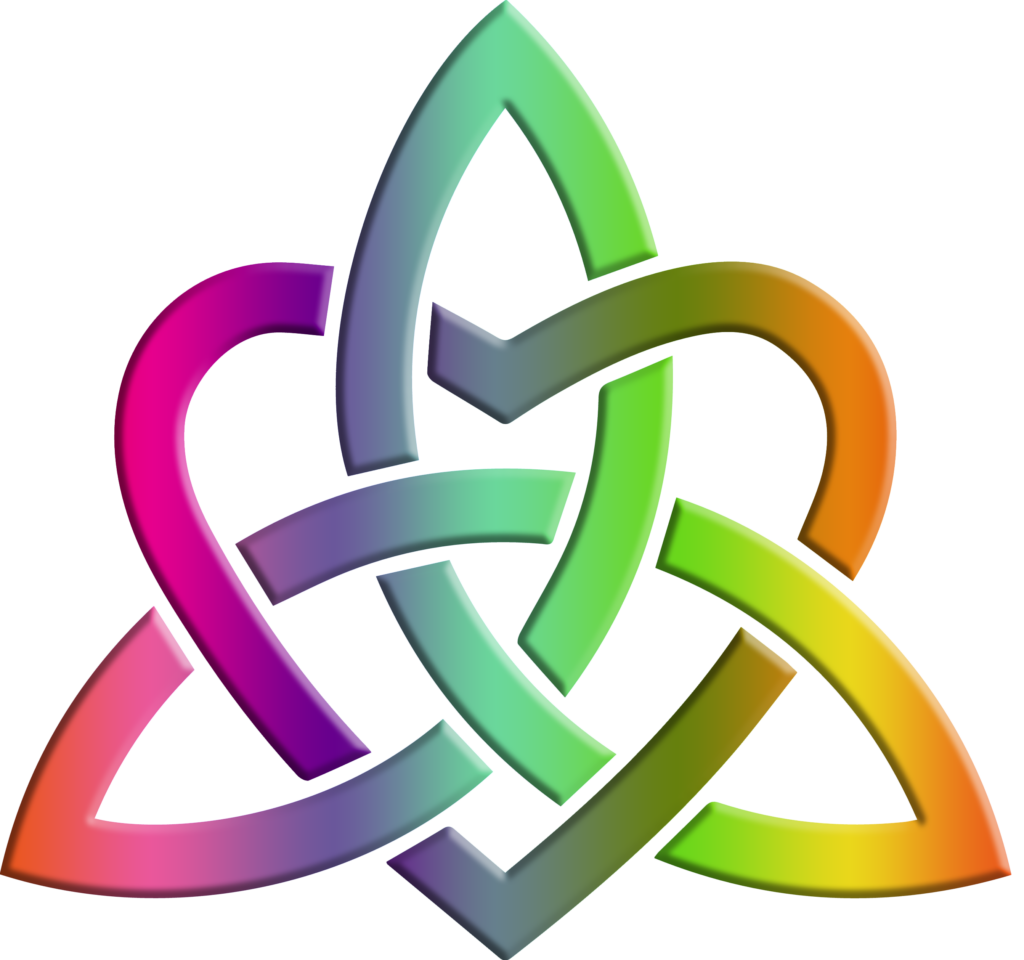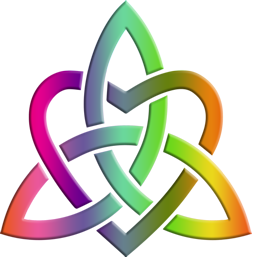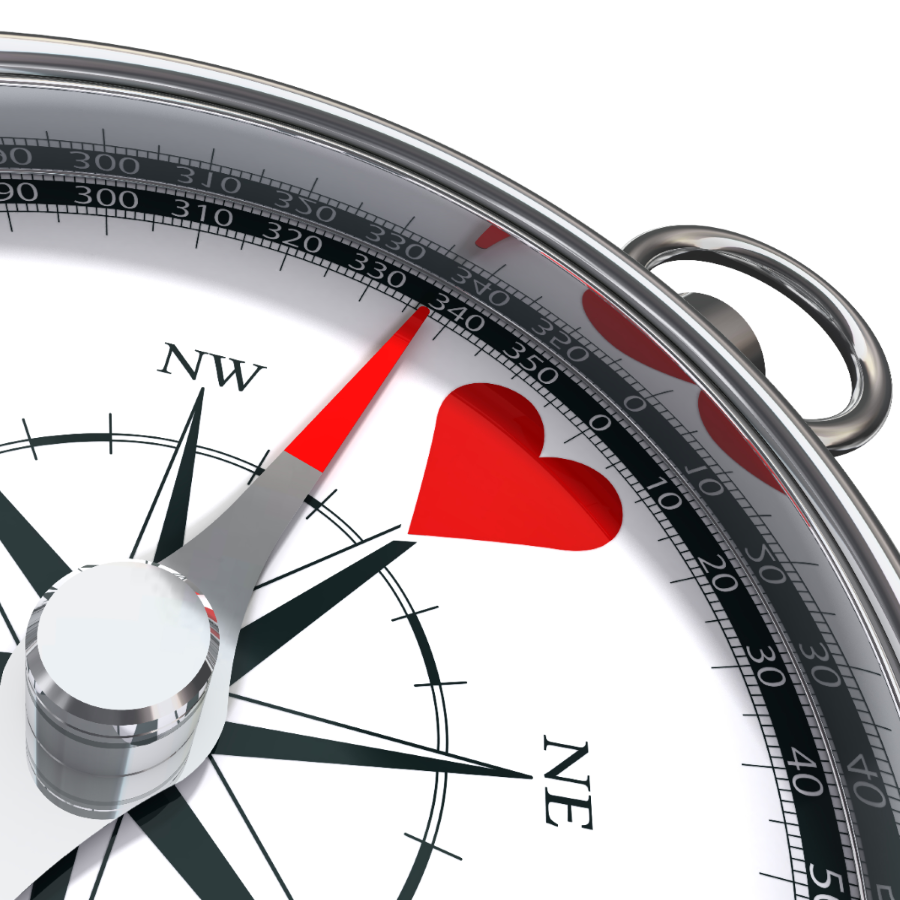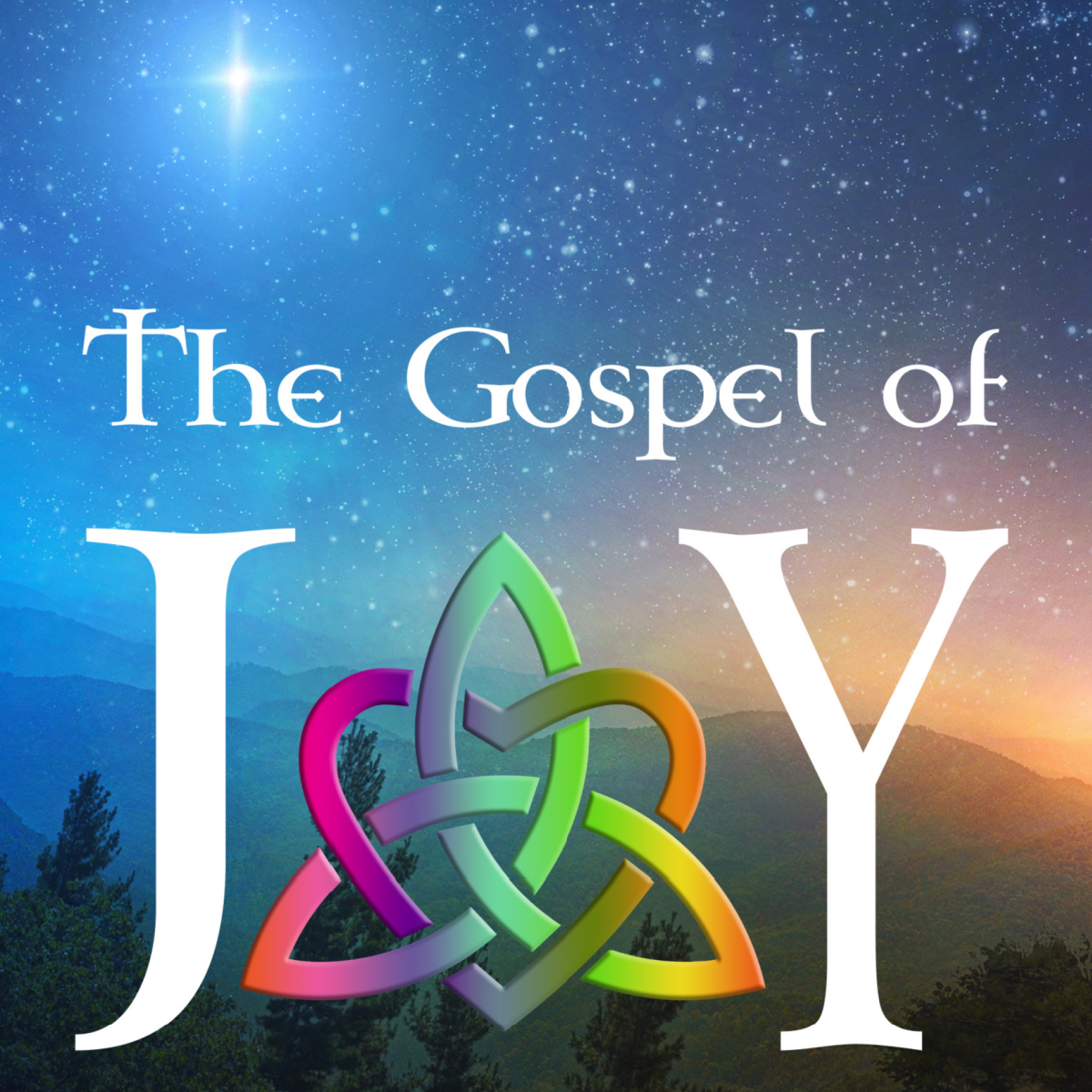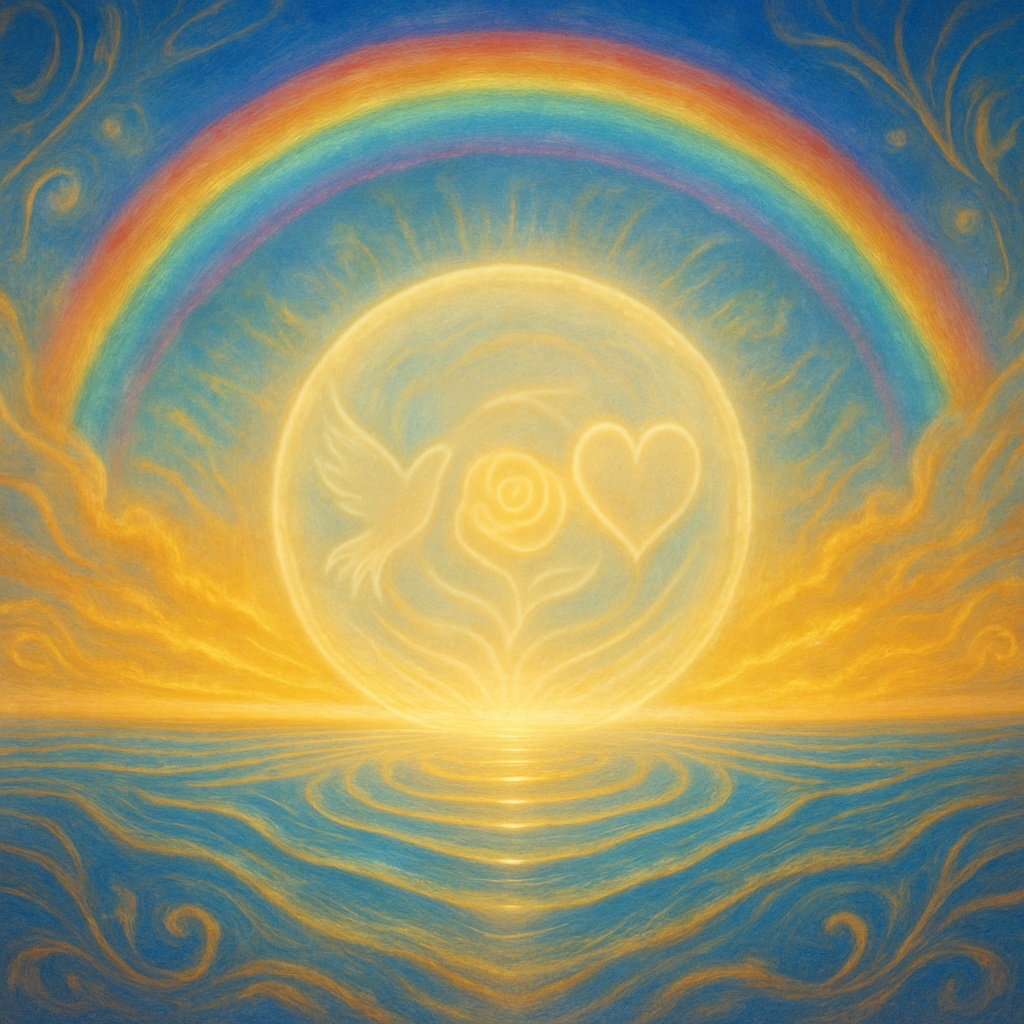Source: Shannon’s seminary writings, circa spring 2018.
Where are you standing at a crossroads right now? What decision is it that must be made?
You know, the one that keeps you up at night, stewing, gnawing at you? That keeps your mind racing with questions instead of answers? The one that twists your stomach in a pit of anxiety and worry that you’ll make the right decision?
Is it layoffs that are coming up at your work and you don’t know whether to hang in there with the hope of making the cut or should you take that lower paying position that was just offered at a different company? Or is it an investment opportunity that could pay off handsomely, but would eat up most of your life savings to buy in?
Is it the wondering of whether to stay in an unhappy marriage or move on? Is it the decision of whether to move your ailing parent into your home or into an elderly assisted living facility? Is it whether to have that elective surgery or take that new medication after the doctor discloses what could go wrong?
Each day we’re bombarded with decisions. Open doors. Closed doors. The in-between spaces of not knowing whether the door will be open or closed. In all of this, how do we find True North? That is, what compass can be used to navigate on a path towards the highest outcomes and abundances of inner joy and peace from where we stand right now in this present moment.
Just write out a “pro and con” list, right? Or maybe draw out even the more visual “mind map,” with the circles and connecting lines filled with information, analyzing, and rationalizing thoughts. We so often use these mental tools in decision making and problem solving. Although these are great tools for helping us explore decisions and issues, how often are the lists nearly exact on both sides? If the pros equal the cons, then what do we do? Then which side is the best decision?
We can also seek wisdom and advice from others—parents, siblings, spouses, friends, professors, bosses, doctors—who we believe have the answers to help us navigate forward. And how often is the advice received of little to no help in making the decision? Or perhaps it doesn’t exactly sit quite right from where we stand?
Although you can’t put a finger on exactly why it doesn’t feel right, it’s in that very moment of awareness of what is resonating or not resonating with your internal compass, that you can realize, you are already navigating with your heart.
The heart compass is rooted in our source connection with the Divine and it’s the source of our own inner wisdom and intuition. A friend once shared the story with me about how one day he was stopped at a red light at a 4-way intersection in his car with two of his young boys in the back seat. When the light turned green he hesitated, something in that moment stopped him from accelerating. But, he didn’t know why. All of a sudden, a car came speeding through the intersection, running the red light. He and his sons would have been hit by that car.
Similarly, I vividly recall the times when I’ve had this sense or “feeling” that something was wrong even though I couldn’t put my finger on it at the time, and then sure enough it came to pass. This is an almost indescribable deeper knowing. A deeper sensing. A sense that did not come from the mind and transcended any emotions that may have been surfacing. Over time as I continued practicing awareness, I wouldn’t just sense when something felt wrong, but I sensed when they felt right too. This feeling of “rightness” had a lightness to it. When I started comparing when situations or decisions felt “wrong” or “right” I noticed that “wrongs” were heavy, burdensome, or a sensation of narrowing, whereas those that felt “right” felt lighter and more expansive.
This light, this wisdom of the heart, is described in sacred texts in faith traditions around the world. In Hinduism, the heart has great significance both as a place where the soul rests and as the abode of Brahman, the highest Universal Principle, Ultimate Reality in the universe, the infinite, eternal truth and bliss which does not change, and yet is the cause of all changes. From the Kaivalya Upanishad we read, “Since the Self is located in the heart and mind is the doorway to the heart, it is only through the heart and the mind that we can know the Self.”
This concept is echoed in other faith traditions. In the Proverbs we are cautioned that “above all else, guard your heart, for everything you do flows from it.” In fact, Christianity, Judaism, and Islam sacred texts include verses of our hearts being wise and understanding, having feelings and emotions—such as rejoicing—and further, in the Qur’an in Surah 26 we learn that the heart’s position is so eminent that it sees the revealing angel and hears his voice, referencing the connection with our Divine source in spirit. The great mystic Sufi, Rumi, described the heart as “nothing but the Sea of Light.”
If we know from the sacred texts of these faith traditions that our hearts are wise, then we can surmise that the light and wisdom of our inner heart compasses guide us in making the best decisions. Truly, this is described in the New Testament, in Matthew 6, “where your treasure is, there your heart will be.”
Within the last three decades, the concept of the spiritual, intuitive, and wise nature of the heart was explored in scientific research circles. You may have heard of HeartMath Institute, it’s a nonprofit founded in 1991. HeartMath researches and develops reliable and scientifically-based tools that bridge the connection between heart and mind. HeartMath defines the flow of awareness, understanding, and intuition that we experience when the mind and emotions are brought into alignment with the heart as “heart intelligence.” Pioneer neurocardiologist, Dr. J. Andrew Armour, said that the heart possesses a complex and intrinsic nervous system that is a brain, thus introducing the term “heart brain.”
The research done by HeartMath has insomuch as confirmed what faith traditions told us millennia ago. The heart sends us emotional and intuitive signals to help govern our lives, the heart makes many of its own decisions, and the intelligence in the heart transfers intelligence to our emotions. The more we learn to listen to and follow our heart intelligence, that is—our heart compass—the more balanced and coherent our emotions become to make the best decisions.
Research has demonstrated that negative emotions throw the nervous system out of balance and place stress on the heart and other organs, as heart rhythms become disordered. And positive emotions were found to increase order and balance in the nervous system, and produced smooth, harmonious heart rhythms. Not only do positive emotions reduce stress, but also enhance our ability to clearly perceive the world around us. This leads us to a greater understanding of the importance of our heart compass, both for our spiritual and physical well-being.
So how do we become more in tune with the compass within our heart?
Awareness and observation are two ways, such as in the teachings of mindfulness. In mindfulness practices, attention is directed to notice what is going on inside us, studying our own thoughts, emotions, physical sensations are present, feelings that arise, and intuitive sensing, until we become familiar with our own internal and varying mental states and emotions.
This helps us identify the difference between a physical reaction—such as a churning, stressful feeling in the gut; or a headache throbbing badly you just can’t think about the problem anymore—, to a mental thought, a thought arising from the mind—is it analyzing? Is it rationalizing?
Have you had this thought before and is it repeating around like a record player in your head?—an emotion—which normally presents attached to a particular thought or experience—or an inner knowing, an intuition.
These are nearly indescribable, but come in many forms such as a small, still voice, an impression, a symbol, imagery, or a word or vision. These practices deepen over time as we become more internally aware of our own heart sensing.
But, as we start out on the path seeking to attune with our heart compass, the practice of “trying on” options, possibilities, and pathways helps us learn what True North feels like. When you consider an idea how does it feel? Are you experiencing any emotions along with it? Does it seem positive or negative? Are you experiencing any physical sensation or reaction? Does it feel “light” or “heavy”?
Then, consider the OPPOSITE. For example, this can be as simple as considering whether to go on a vacation and then considering NOT going on that particular vacation. What emotions present, if any? Does it seem positive or negative or neutral? Are you experiencing any physical sensation or reaction? Does it feel “light” or “heavy”? How does each of the two options feel when you weigh them separately? Going on that vacation, or not going on that vacation?
This practice helps distinguish the differences when navigating between two polar extremes to see how they resonate. Sometimes things will just “feel right” and other times they will “feel wrong” or somewhere in-between.
Another example is to imagine that you have decided to move to a new home. You have unlimited money and resources and can choose to move to where ever you want to live. Anywhere in the world. Would you want to live in a beach house, where you could hear the ocean waves roar nearby? Or up in the mountains in a log cabin far from the local town in the stillness of the forest? Or would you choose an apartment in downtown New York City amid the hustle and bustle of city life? Or would you move to the countryside in farmland states? Or would a house with a two-car garage and large driveway and backyard in suburbia fit best?
Consider your internal feeling sense response to each possibility and of what sensations may have presented. This is navigating with your heart compass.
“The compass within your heart will guide you
It will not let you get too far astray,
From the experience in life that you are seeking
Such happiness and joy light the way.
As you approach the signs and forks in the road
Remember your compass and take a pausing view,
Using all your senses in reflection to determine
In which direction your compass within is leading you.”
Certainly, letting go of outcomes and trusting in the Divine (or the “Universe”) is also a part of navigating with our heart compasses. This trust arises naturally as the fruit of beauty and balance present in every day life. But, no one, absolutely no one can do this for you. For it is your own heart and the Divine light within you that can provide the inner insight and wisdom of the best navigation.
If advice is given from others– whether it is parents, spouse, siblings, friends, gurus, pastors, counselors, doctors, or other any other “authorities” or “experts”–although well-intentioned for what they believe to be the best for you, refrain from blindly following the external wisdom.
And in that moment when you receive their offering and advice, pause, and sense how the advice resonates within your heart compass.
And then, follow your heart.
Namaste with Love and Blessed Be Your Joy!
Always,
Shannon
For more about The Gospel of Joy, click here, for more about Shannon, click here, to connect, click here, to return to the home page, click here.
